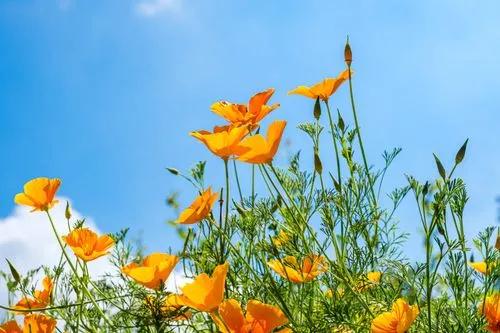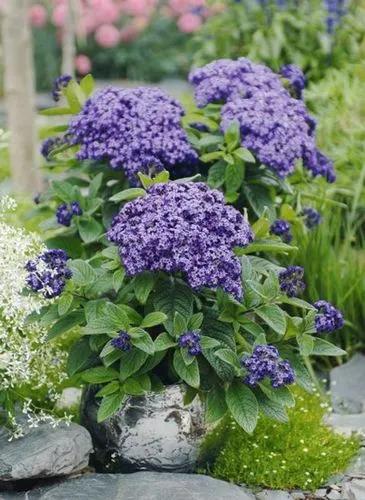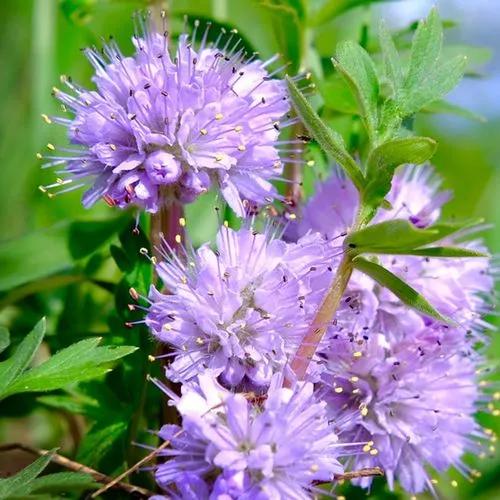Habenaria medusa also called as The Medusa-Like Habenaria, Fimbrorchis medusa, is a species of the genus Habenaria. This species was described by Friedrich Wilhelm Ludwig Kraenzlin in 1893. Habenaria medusa is endemic to Java, Sumatra, Sulawesi Borneo, and is occasionally also found in Laos and Vietnam. It is an earth species that grows under trees at an altitude of 100-1000 meters. It is a medium sized, hot to warm growing terrestrial with 4 to 5, lanceolate, acute, sub-cordate basally, up to 15 cm long leaves. The Medusa-Like Habenaria blooms in the spring and summer on a terminal, to 40 cm long, many flowered inflorescence. The flowers are about 3.5 cm in diameter, quite prolonged and can last up to 2 months.
Habenaria Medusa Care
Habenaria Medusa



How to Care for the Plant

Water

During the rest period this orchid does not get water; the substrate where there are tubers is slightly moistened. In spring, when the new jet reaches the surface, it starts slowly with watering; however, it get water with such caution, only along the edges of the vase, and the water must not touch the jet in any way, otherwise it will rot. The substrate during this period must remain moist but not so much, and the next watering occurs when the substrate has dried almost completely. Only when the rosette of leaves has formed does it begin with the most abundant watering; the substrate must always remain very wet. When the stem dies in autumn, the watering is suspended, the substrate is allowed to dry completely.

Fertilizer

This plant is only fertilized during the growth phase, using 1/4 of the dose indicated on the vial of a special liquid fertilizer for orchids once every 2-3 weeks. The fertilizer is added to the watering water.

Sunlight

Habenaria medusa does not like much light, and grows well under 15000-23000 lux. The ideal photoperiod is 12 hours.

Soil

As a substrate, the ideal mixture consists of: perlite (40%), fine bark of 3-6 mm (20%), sand (10%) and generic soil (30%). The tubers must be planted with 0.5-1 cm of depth, otherwise the stems will struggle to reach the surface and will run the risk of high rot.

Temperature

During the growth phase (from the outlet of the jet to the surface until the death of the stem), the ideal temperatures are 19-25 ° C during the day and 16 ° C at night. In winter, during the resting phase, temperatures must be 15-16 ° C.

Container

Habenaria medusa is cultivated only in pots. The pots must have enough space for the multiplication of the tubers. As a substrate, the ideal mixture consists of: perlite (40%), fine bark of 3-6 mm (20%), sand (10%) and generic soil (30%). The tubers must be planted with 0.5-1 cm of depth, otherwise the stems will struggle to reach the surface and will run the risk of high rot.

Popularity

4 people already have this plant 2 people have added this plant to their wishlists
Discover more plants with the list below
Popular articles






